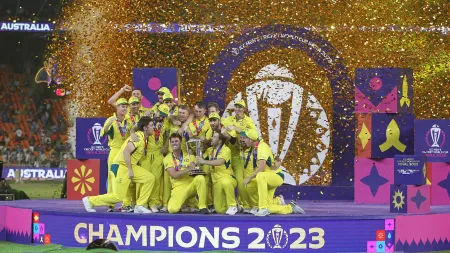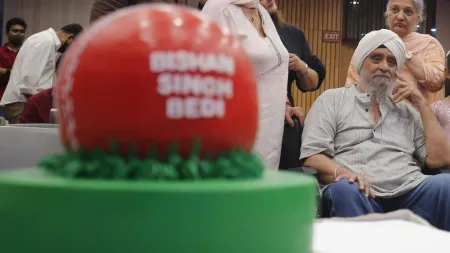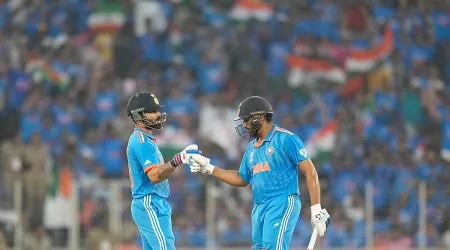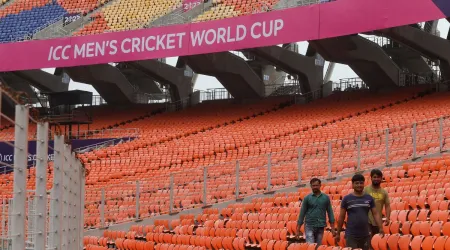- India
- International
Indian athletes trail only Russia in dope shame list
31 Indian athletes are serving IAAF bans for a litany of doping offences. Russia ahead with 67 athletes.
While the world is transfixed by the Russian doping scandal, the Indians are busy fighting a battle of their own. For two consecutive years, India is second only to Russia in most number of athletes sanctioned for the use of prohibited substances.
According to data compiled by the Athletics Federation of India (AFI) for the year 2014, that was made official earlier this week, 31 Indian athletes are serving International Amateur Athletics Federation (IAAF) bans for a litany of doping offences. Russia, however, is way ahead with 67 athletes suspended last year according to some media reports.
Worryingly for the AFI, three athletes have already been suspended in January this year, despite this being an off-season. The rising number of cases has forced the Indian Federation to implement the ‘Whereabouts Clause’, which was absent from the anti-doping programme till now. Sources said the IAAF may also approach the National Dope Test Laboratory (NDTL) to conduct retrospective dope tests if necessary.
It is learnt that in an informal communication to a few AFI officials last year, the IAAF expressed concern over the increasing number of cases and asked the federation to put in place a more robust system. Majority of Indian athletes have been suspended for using anabolic steroids such as stanozolol, nandrolone and methandienone. “It is a worrying trend. This issue was discussed at the executive council meeting and we have decided to enforce some strict processes in place,” AFI general secretary CK Valson said.
Blame lies at doorstep
The top hierarchy of the AFI, in fact, fear this might not be an accurate portrayal of how deep the menace runs, given the irregularity in testing elite athletes outside the national camps. However, the AFI is to blame because they have not adhered to the ‘Whereabouts Clause’, which puts the onus on athletes to give details of where they will be during a fixed period in a day, which in turn enable dope control officers to know where they can find an athlete in order to collect samples.

Because of AFI’s reluctance to adhere to the ‘Whereabouts Clause’, the only the campers training at Bangalore and Patiala centres are tested regularly by the NADA. Consequently, Valson said several athletes, who’ve been training individually outside the national camps, have been evading tests by not revealing their locations.
In its executive council meeting in New Delhi on Thursday and Friday, the AFI decided to enforce the whereabouts clause, which they hope will help them nab more offenders. “All the athletes selected for national camps will have to reveal their whereabouts and be available for tests at all times. We will closely monitor it henceforth,” Valson said.
“Implementation of Whereabouts Clause will ensure no athlete goes untested for a long duration. It will help us find out the true nature of the menace,” AFI’s chief medical officer Arun Mendiratta said.
Another growing concern is the rising number of cases at school and university level. Out of the 31 athletes who have been sanctioned, four are from school level. The number might be higher considering that dope tests were not conducted at the School Games late last year after the School Games Federation of India (SGFI) ‘did not call NADA officials to conduct tests during the event.’
“One of our biggest concerns is the rising cases at school level. These junior athletes will go on to be a part of the national camp so it is a worrying scenario. More importantly, it might have an adverse impact on their health,” Mendiratta said.










































